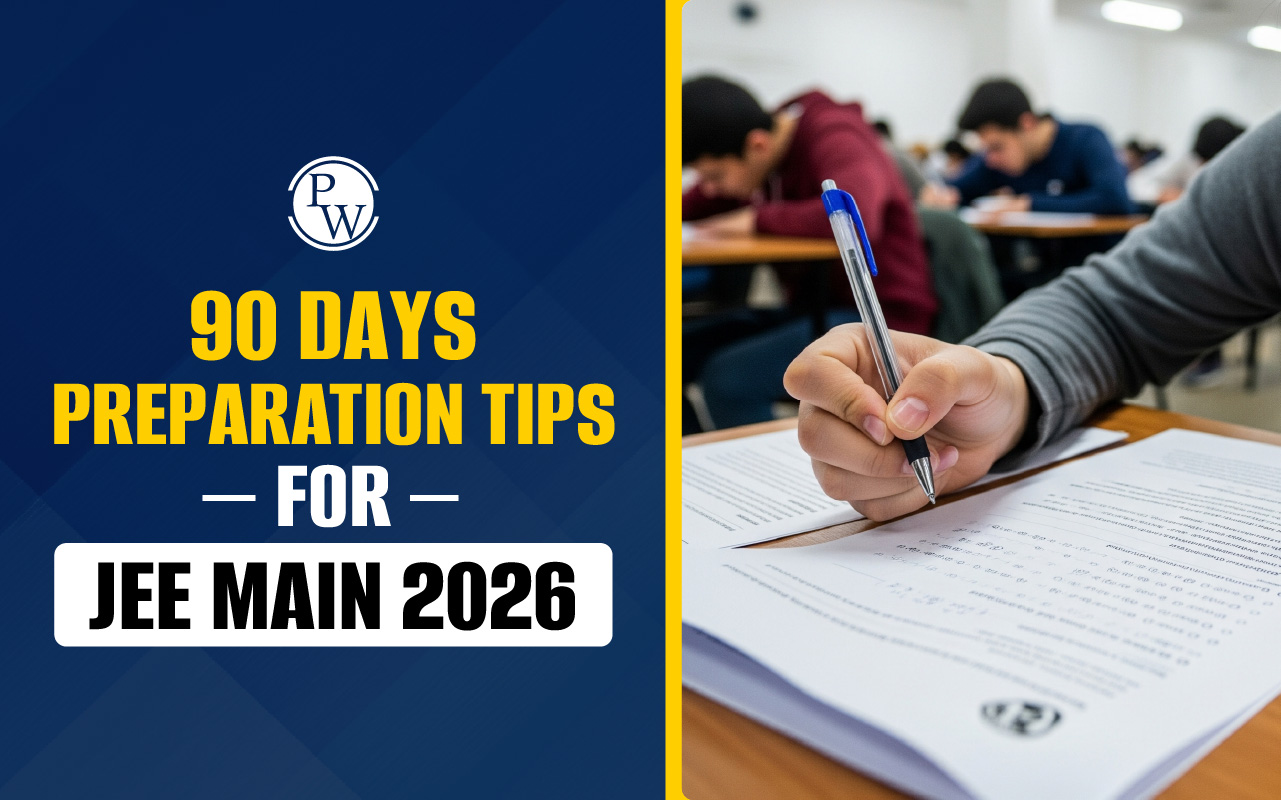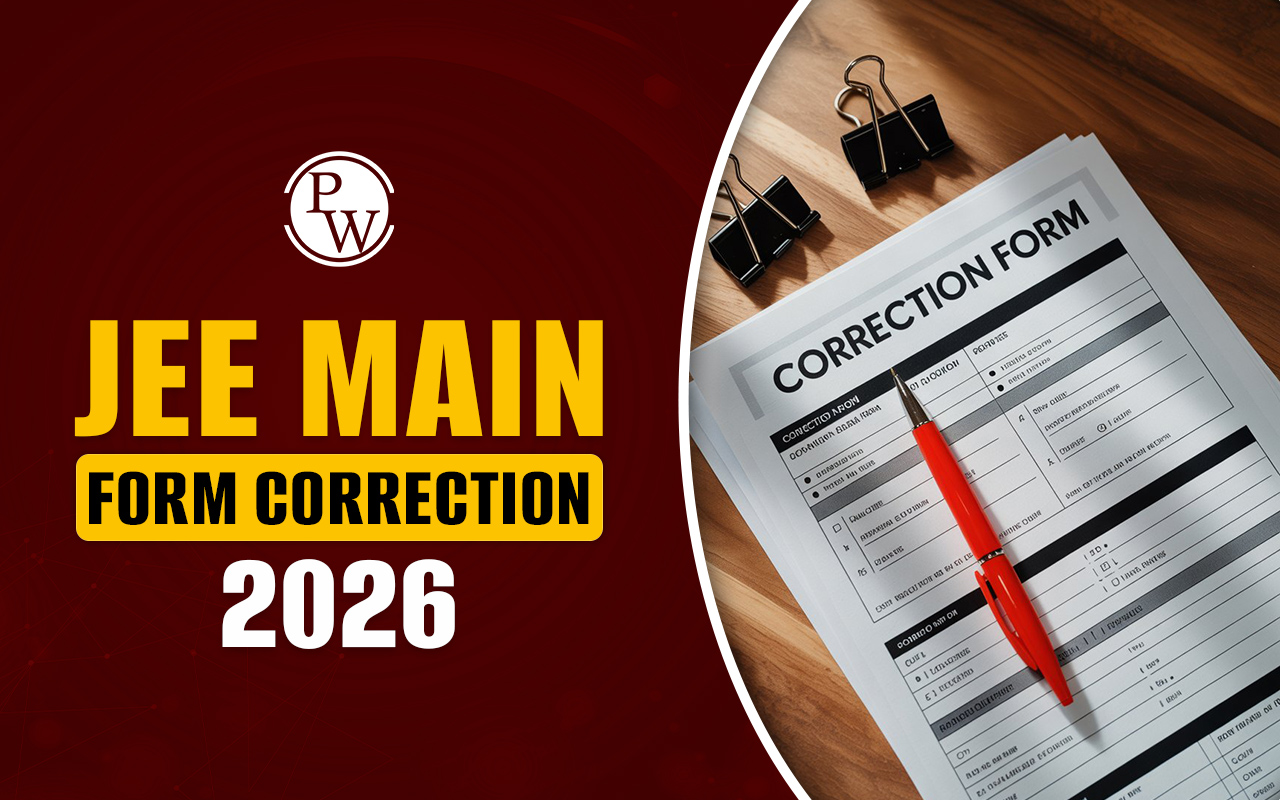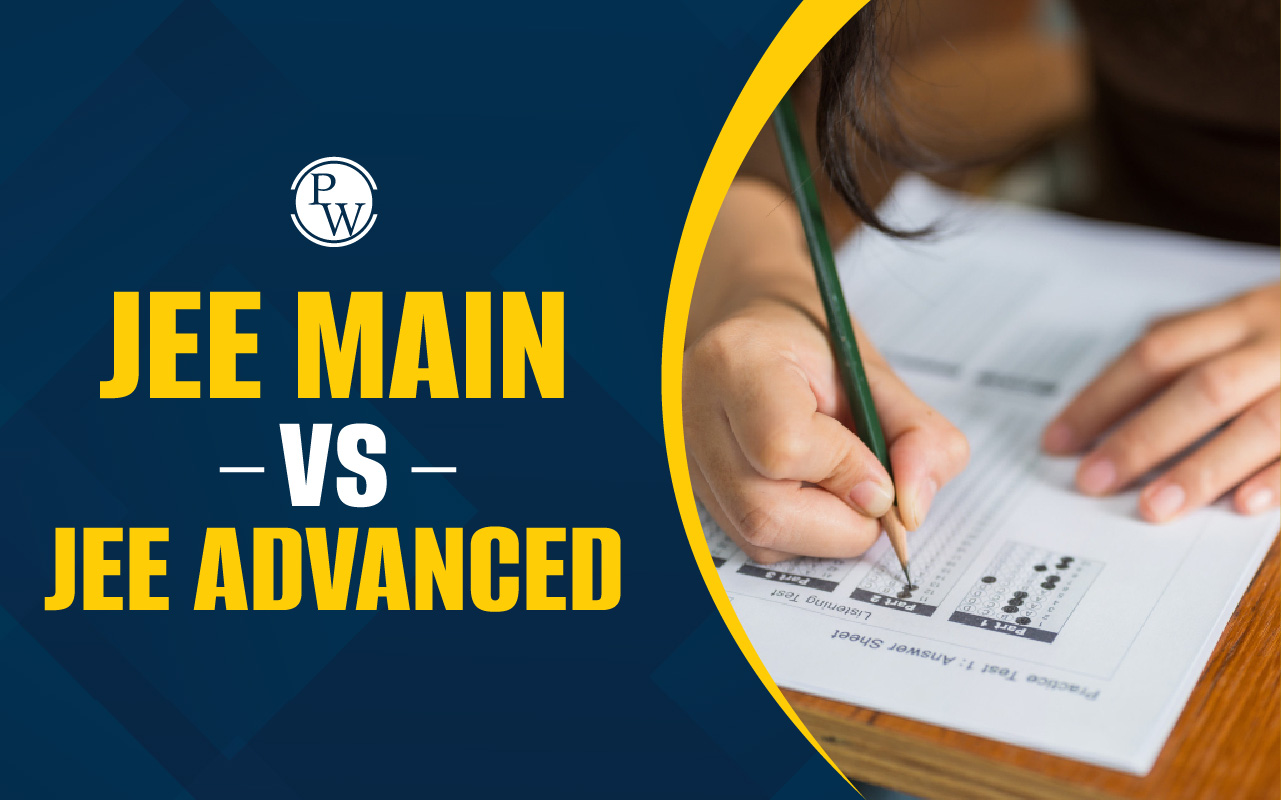

Dropper Strategy for JEE 2026: If you're not satisfied with your JEE performance and plan to take a drop year for JEE 2026, start by regaining your confidence. Feeling low is normal, but now is the time to bounce back stronger. As a dropper, you have a clear idea of your strengths, weaknesses, and past mistakes. Use this insight to create a smarter and more focused preparation strategy. Avoid repeating old errors and stick to a disciplined routine. Maintain a positive mindset, have faith in your abilities, and keep putting in steady effort to reach your goal. With renewed determination, restart your journey to achieve your dream of entering an IIT in 2026.
Dropper Strategy for JEE 2026: Areas to Focus
Cracking JEE in a drop year needs focused effort and smart planning. Here are some key steps every dropper should follow:
1. Identify Weak Areas: Review your previous attempt and figure out which topics or subjects need more attention. Work on those weak points first.
2. Complete the Syllabus: Cover the entire JEE Main and JEE Advanced syllabus—don’t skip any topic, whether it’s high-weightage or not. Aim to finish the syllabus by November or December, so you can focus on revision and practice after that.
3. Make a Study Schedule: Create a realistic and consistent study plan that covers all subjects and gives enough time for tough topics. Plan daily and weekly objectives to ensure consistent progress.
4. Use the Right Study Material: Utilize good study materials for Physics, Chemistry, and Mathematics. Coaching notes and self-prepared notes are also extremely effective for quick and thorough revision.
5. Practice Regularly: Solve a wide variety of questions, including JEE Advanced Previous Year Question Papers and mock tests. It will give you a better grasp of the exam format and enhance your time management skills.
6. Seek Guidance: If possible, join a good coaching institute or connect with mentors who can guide you, solve your doubts, and keep you motivated.
7. Revise Often: Revise topics regularly to strengthen your memory and avoid forgetting important concepts.
8. Take Mock Tests: Attempt full-length mock tests frequently to track your progress, sharpen your exam strategy, and build stamina for the actual exam.
9. Stay Positive and Motivated: Keep your mindset strong. Talk to positive people, listen to motivational content, and remind yourself of your goal. It's normal to feel low sometimes—just don’t give up.
10. Learn from Mistakes: Analyze mock test results carefully. Understand where you went wrong, and improve those areas to avoid repeating mistakes.
Final Tip: Maintaining consistency and determination is essential throughout a drop year. With focused efforts and the right approach, your chances of success in JEE 2026 can increase significantly.
Dropper Strategy for JEE 2026: Timetable to Follow
While making a timetable for JEE preparation, the most important thing is to keep it flexible. A flexible study plan is better than one that causes unnecessary strain. Instead, set realistic targets that match your comfort and energy levels—and stick to them consistently.
Here’s a suggested timetable for droppers preparing for IIT JEE:
Slot 1: Morning (1 to 1.5 hours)
- Pick a subject of your choice and revise it thoroughly.
- Make sure to attend your coaching classes if you're enrolled.
- After getting back home, enjoy your lunch and rest for a while to recharge.
Slot 2: Evening (Around 3 hours)
- Revise and practice two subjects.
- Work on Daily Practice Problems (DPPs), reference books, and Previous Year Question Papers (PYQs).
- Take a short break and engage in any refreshing activity.
Slot 3: Night (Around 3 hours)
- Focus on practicing or revising a weak subject.
- Go through coaching notes and mark doubts to discuss in the next class.
- Clear any pending backlogs.
Keep your timetable balanced and focused on consistent progress. Flexibility and self-awareness are the keys to sustaining a productive routine during your drop year.
Advantages of Taking Drop Year for JEE Preparation
A drop year for JEE Main and JEE Advanced 2026 preparation can prove to be a good decision—if properly utilized. Its success relies on your commitment and how well you utilize the additional time. The following are some of the important advantages of a drop year:
1. Increased Time to Prepare: The greatest benefit is the extra time. JEE is extremely competitive, and a drop year helps you reinforce concepts, practice more problems, and improve your test-taking techniques.
2. Intensive Study: Since you don't have to worry about school exams and projects, you can concentrate solely on JEE preparation. This intensive study time can do wonders to your performance.
3. Specialized Improvement: If you were near the cutoff or had trouble in certain areas, a drop year allows you to concentrate on and strengthen those weak areas. You have the opportunity to convert your weaknesses into strengths.
4. Improved Planning: A drop year provides you with time to re-evaluate your goals, review your past attempt, and strategize a more calculated way forward—whether it's targeting a specific IIT, NIT, or specific branch.
5. Mental Preparedness: Occasionally, stress, illness, or low confidence may impact performance. A drop year allows you to clear your mind, gain back confidence, and sit for the exam with renewed enthusiasm.
6. Advantage over Others: With better marks, you enhance the possibility of entering elite colleges and desired branches. The additional year can provide the advantage you require to gain admission to your desired institute.
But do keep in mind that there are also potential disadvantages to taking a drop year—namely, financial stress, burnout from extended periods of studying, and the struggle to maintain motivation over the course of the year.
Ultimately, whether or not to take a drop year is a decision that should be considered only after carefully weighing your present level of preparation, long-term objectives, and individual situation.
Also Check: JEE Main Chapter-Wise Weightage
Dropper Strategy for JEE 2026 FAQs
Is it possible to complete the entire syllabus in one year?
Is taking a drop year for JEE worth the risk?
Is coaching necessary for droppers?
What mindset should a dropper maintain?













